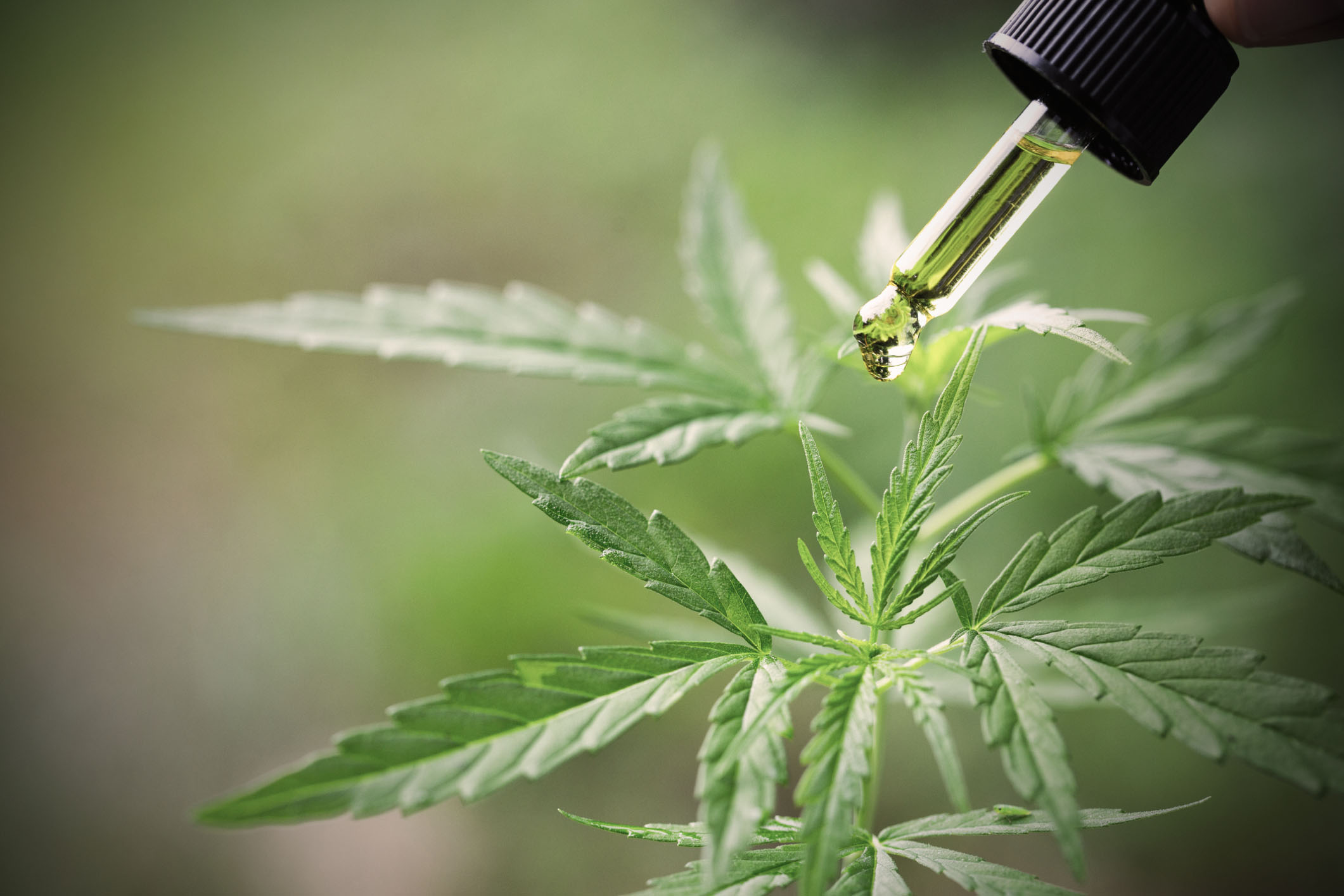Often wrongly associated with its relative THC, the compound CBD has much to offer on its own.
Cannabidiol, otherwise known as CBD, derives from the cannabis family of plants as does its well-known cousin marijuana. Cannabis plants are typically classified into three types: sativa, indica and ruderalis, with sativa and indica being the most commonly known. Hemp derives from the sativa plant species and a defining characteristic of hemp is that it contains less than 0.3% tetrahydrocannabinol (THC), the compound that produces the psychoactive effects or high that is associated with marijuana. By way of comparison, marijuana can contain anywhere from 2% to 30% (or more) THC.
Both THC and CBD are two of the most well-known cannabinoids found in the cannabis plant. Cannabinoids can be found in many plants, but they are most commonly affiliated with the cannabis plant species. Researchers have identified more than 100 different cannabinoids in the cannabis plant. What makes THC and CBD so interesting, is that cannabinoids are also produced in the body in the form of endocannabinoids and are used by the endocannabinoid system (ECS), hence it is thought that THC and CBD can be used to enhance the body’s own cannabinoids and how they work.
The endocannabinoid system
The body’s endocannabinoids work within its own endocannabinoid system. The ECS is the body’s largest neurotransmitter system and is part of the central nervous system. It helps to regulate appetite, mood and the body’s response to pain. The ESC has cannabinoid receptors. The body’s endocannabinoids and plant-based cannabinoids such as those found in CBD influence these receptors. CBD1 receptors are predominantly located in the brain and help to regulate appetite, mood, sleep, memory, pain and cognitive function. Our CBD2 receptors, on the other hand, influence inflammation and the body’s response to pain, as well as the immune system.
THC is thought to act like the body’s own cannabinoids and stimulate the endocannabinoid system by attaching to CBD1 receptors, the ones located predominantly in the brain. CBD, on the other hand, is more of an ambassador compound. Rather than attaching to the receptors it helps the ECS work more efficiently, supporting the circulating levels of compounds. In doing so, it is thought to even act like Prozac by limiting the reuptake of neurotransmitters, such as anandamide, which is released as a result of activities such as meditation, yoga and exercise. By limiting reuptake CBD allows this “happiness” neurotransmitter to circulate for longer, thereby helping to improve mood and reduce anxiety.
Uses for CBD
CBD is most documented for its beneficial influence on seizures, in particular in patients of certain rare forms of epilepsy. CBD isolate has been approved by the FDA in the form of Epidiolex, to be used as a treatment for epilepsy. Studies also show that CBD may be useful in treating other neuropsychiatric disorders, such as anxiety and schizophrenia. As noted above, it is thought to help protect the nervous system, improve mood and reduce anxiety.
While there has been much circumstantial evidence around what hemp CBD is thought to be able to do, the fact that it has not been legal until recently means there is not a substantial body of research verifying what hemp CBD can do or the mechanisms by which it works.
Regardless of the availability of research, it has been noted that the primary uses for which people are turning to hemp CBD include pain management and inflammation, anxiety and mood, sleep, autoimmune diseases and nausea. To date, studies have primarily been small or conducted on animals.


